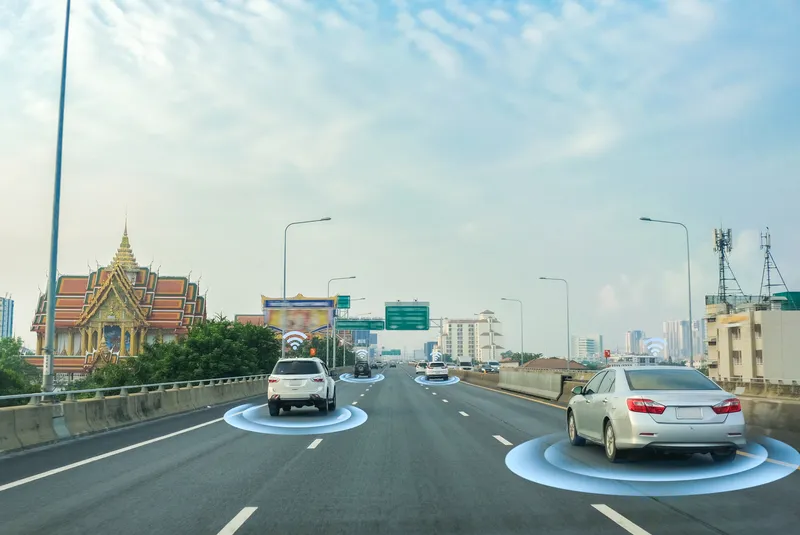
Egis has released a white paper to address what needs to be done to manage the integration of urban air mobility (UAM) safely and sustainably.
Skycities, skyways, skytaxis: dream or destiny? says electric vertical take-off and landing operators and UAM services providers will need to exchange data with the local airspace manager.
Some form of regulation and control will be required to ensure the safe and smooth management of traffic flows in an environment where the airspace above is filled with “all types of manned, autonomous and automatic aircraft”.
According to Egis, the principles that have structured air traffic management for conventional aviation will be applied locally to the urban airspace.
However, traditional air traffic control technology will not work in a dense urban environment, “so new standards are required”.
Elsewhere in the UAM space, urban planners will need to answer questions relating to community engagement, social acceptance, environmental and economic sustainability traffic management and inter-modality.
Egis highlights that the planning decisions made by 'new' hyper dense cities such as those in Asia and the Middle East will differ from those European mid-rise cities like Barcelona, Paris and Berlin.
Meanwhile, regulators will need to address airspace and air traffic management, vertiport landing pad design as well as issues such as noise management, cybersecurity and privacy protection.
The document points out that social acceptance of UAM operations is essential for widespread deployment as people may be uncomfortable with drones manoeuvring close to their apartments or flying over them at low levels as they walk.
They may also oppose the construction of vertiports in their neighbourhood if they are seen as only for the “wealthy elite”.
Therefore, regulators need to develop suitable regulatory frameworks to support social acceptance.
In the paper's closing thoughts, Egis states that the barriers to UAM market growth can be overcome, particularly as early uses of drones for inspection purposes or aerial photography have already helped address some of the challenges.
It predicts that the UAM market is most likely to take off in parts of Asia first, “where government and industry are well aligned and well organised and the conditions for new pioneers are favourable”.
The Middle East is also “forging ahead” with plans and will likely be among the front-runners.









